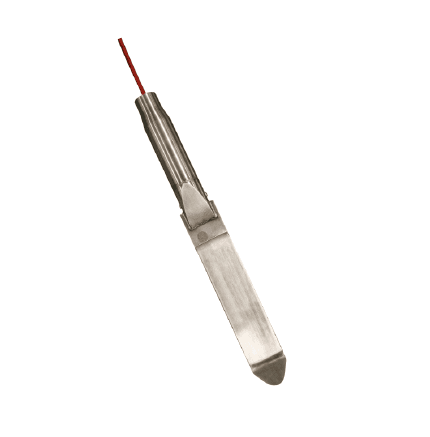Canada’s Instrumentation Leader Since 1946.


A Push-in Pressure Cell, also called Spade Cell, is designed to be pushed into the ground where it can measure total earth pressure and pore water pressure within the soil. It can be used as a site investigation tool to determine the in-situ stress state, both vertical and horizontal, depending on the direction of installation. […]
A Push-in Pressure Cell, also called Spade Cell, is designed to be pushed into the ground where it can measure total earth pressure and pore water pressure within the soil. It can be used as a site investigation tool to determine the in-situ stress state, both vertical and horizontal, depending on the direction of installation. In addition, it can be used to monitor the change in active and passive pressure around retaining structures (diaphragm walls etc) as well as in tunnelling, and other earthworks. Typical installations are in fine grained cohesive soils, including very soft to stiff clays.
Construction consists of two longitudinal stainless steel plates, welded together around their periphery. The annular space between these plates is filled with de-aired glycol. A port and filter for pore water pressure measurement are located on one of the flat sides of the support plate behind the pressure sensitive section of the cell.
The pressure cell and the port for the pore water pressure are connected via stainless steel tubes to two pressure transducers integrated in the cell, typically vibrating wire, or pneumatic, or strain gauged if dynamic measurements are to be performed. A thermistor for temperature measurement is also incorporated.
| Capacity | 70, 170, 350, 700 kPa 1, 2, 3, 5 MPa |
| Over Range | 150% F.S. (maximum) |
| Resolution | 0.025% F.S. (minimum) |
| Accuracy | ± 0.1% F.S. |
| Temperature Range | -20° to +80°C |
Copyright - 2025 - Hoskin Scientific